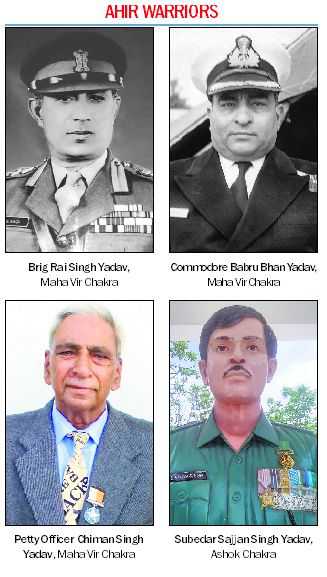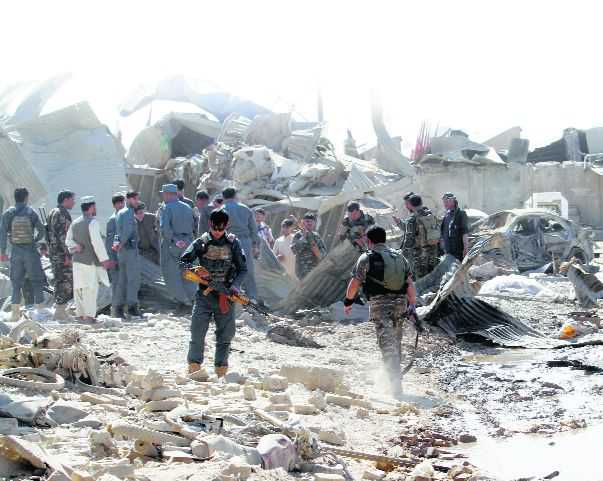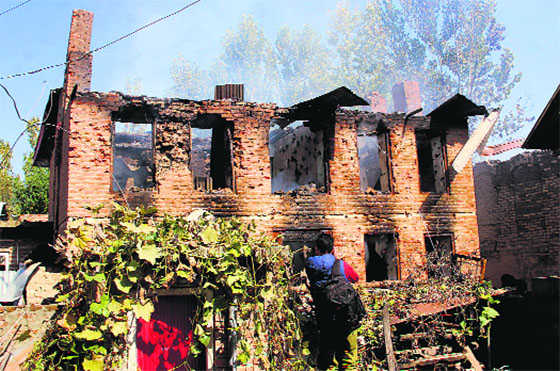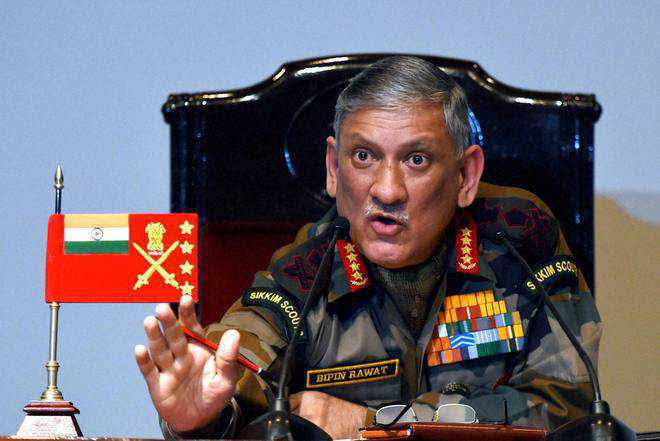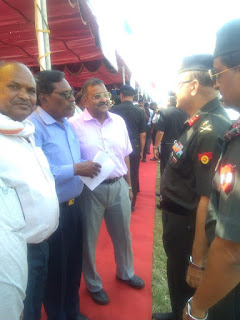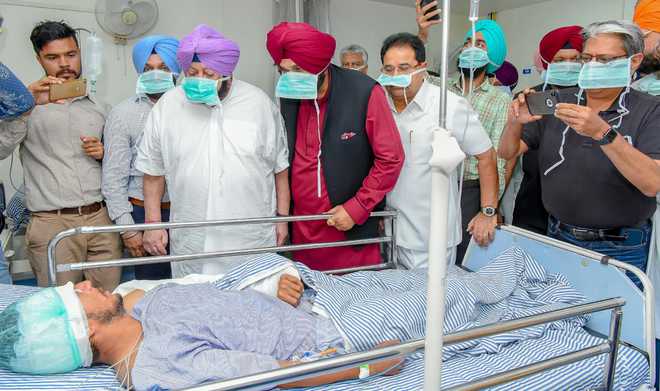
Ajay Banerjee
Tribune News Service
New Delhi, October 3
Indian Air Force (IAF) chief Air Chief Marshal BS Dhanoa on Wednesday said the Rafale fighter jet would be a “game changer” once it came and would be a “booster dose” for the IAF.
Addressing a press conference ahead of Air Force Day here, the Air Chief Marshal was replying to a question on the purchase of Rafale when he said the government took a “bold step” in deciding on its purchase.
About the major concerns for the IAF, he said, “The depleting fighter jets is an issue. The signing of 83 Tejas, 36 Rafale besides Sukhoi-30 will arrest the drop down from the existing 31 squadrons.”
The IAF currently has 31 squadrons as against the 42 mandated by the government for a two-front war.
On being asked about China, he said they were watching the development of infrastructure and had a plan to counter that.
The IAF chief denied that the 50 fighter jets in Tibet were a threat.
He refused to comment if the Rafale, after the recent controversy, could be ruled out as a contender for the forthcoming tender to get 110 fighter jets.
He said the IAF was consulted at the “appropriate level” while deciding getting only 36 and not the planned 126 Rafale jets.
On the HAL not being chosen, he said it is the corporate decision of HAL. He thanked the HAL saying it was due to them that the Gagan Shakti exercise was such a success.
He, however, gave figures of delay saying the HAL was running three years behind schedule, the Jaguar upgrade is six years behind schedule and LCA operational clearance is five years behind schedule.
Commenting on the upcoming purchase of the S-400 air defence missile system from Russia, the IAF chief said the CAATSA (Countering Adversaries of America Through Sanctions Act) is not going to come in the way of getting the S-400.
For the procurement of 110 fighter jets, he said the process would not be as long as the previous one, referring to the tender to get 126 planes which was initiated in 2007 but could not be completed till 2015.
BUYING RAFALE A BOLD MOVE, DEAL GAMECHANGER, SAYS AIR CHIEF
NEW DELHI: Indian Air Force (IAF) chief BS Dhanoa on Wednesday described the government’s decision to buy 36 Rafale fighters from France in a government-to-government deal as a “bold step” to scale up the IAF’s capabilities, and called the warplane a “gamechanger” and a much-needed “booster dose” for the force, even as he questioned the ability of Hindustan Aeronautics Limited (HAL) to deliver warplanes on schedule.
Air Chief Marshal Dhanoa’s strong defence of the controversial deal comes against the backdrop of sharp attacks from the Congress-led Opposition that accuses the National Democratic Alliance (NDA) government of negotiating an overpriced deal to buy fighters in flyaway condition from France.
He said the negotiations by the previous United Progressive Alliance government to purchase 126 Rafale jets had hit an impasse.
It could not be translated into a contract, the air chief said.
“We could have kept negotiating and waiting for something to happen or withdrawn the request for proposal or go in for emergency purchase of 36 planes… The government took a bold step and bought 36 jets to offset the capabilities that the adversaries had been acquiring,” he said at his customary press conference ahead of Indian Air Force Day on October 8. The cost of the fighters was “reasonable and adequate,” he added.
The NDA government’s decision to enter into a deal with France was announced in April 2015 with the deal signed a little over a year later.
This replaced the UPA regime’s decision to buy 126 Rafale aircraft, 108 of which were to be made in India by HAL using parts imported from France.
Dhanoa detailed the time overruns in several crucial HAL programmes, including the Sukhoi- 30s.
“Su 30 is three years behind, 25 jets are yet to be delivered. Jaguar Darin 3 is six years behind, Light Combat Aircraft (initial operational clearance configuration) is five years behind and the Mirage-2000 upgrade is two years behind,” Dhanoa said, describing the delays as a “slight lag” in the HAL’s delivery schedule.













